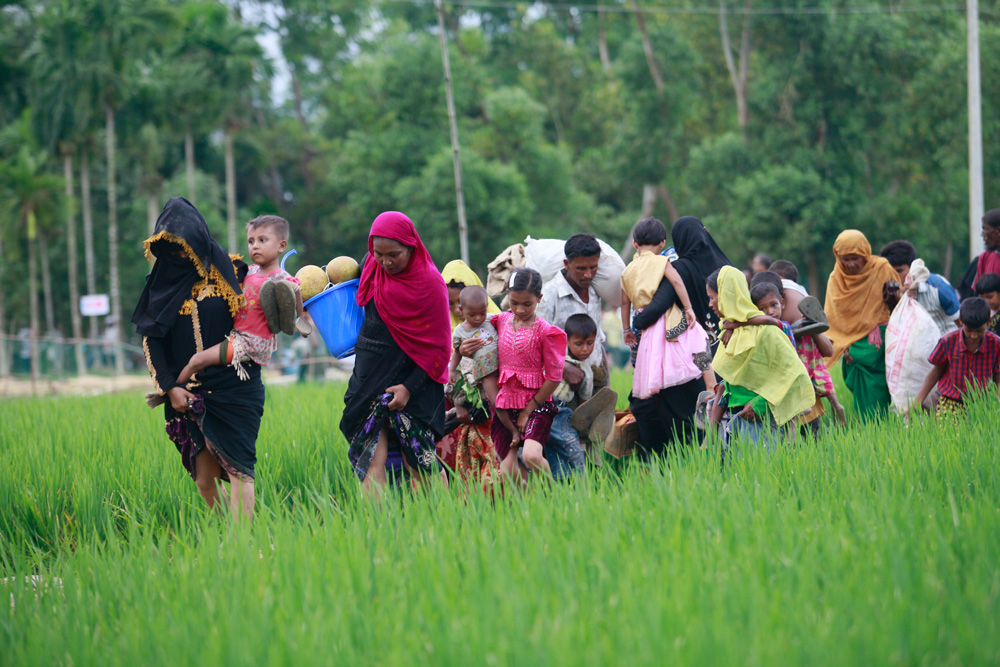People migrate for many different reasons – by necessity, by choice or non-voluntary. Relocation can be short-term, seasonal or permanent, intra-national, regional or international. In 2017, 258 million people globally migrated for different reasons, such as seeking job or education opportunities or avoiding conflicts and political instability.
In Africa, migration is mainly internal, and most people move from rural to urban areas. Given the vast number of smallholder farmers in the rural population, this movement of people can affect the agricultural system. Smallholders often benefit from agroforestry. This agricultural technique can offer income diversification, improved food security, and environmental resilience. At the same time, the lack of these benefits and opportunities is often the reason to migrate. So, agroforestry can be used as a tool to reduce migration and provide opportunities for a decent life in rural areas.
The linkages between migration and agroforestry are poorly understood, but this brief from the Agroforestry Network outlines how they are intertwined – and can affect each-other both positively and negatively.
For farming households in the Global South, migration is often an important income diversification strategy. Moving places can help lower economic risks and increase household’ resilience to shocks, such as drought or flood that can drive the yields down or even wipe them out. If done right, agroforestry can reduce reliance on one commodity while improving soil fertility, which is an important aspect of increasing food security. The income diversification opportunities of agroforestry can potentially reduce migration out of necessity and enhance the possibility for people to choose whether to migrate or not.
On the other hand, migration can cause loss of labor for the household, and one way to cope with the losses is to switch to less labor-intensive farming practices. As such, policies and programs promoting agroforestry need to pay attention to the changing household dynamics of migration, especially when it comes to changing labor roles between women and men.
There are several ways that decision-makers can contribute to making agroforestry visible and supportive of migrants and rural households. Read the full brief to find out how.
